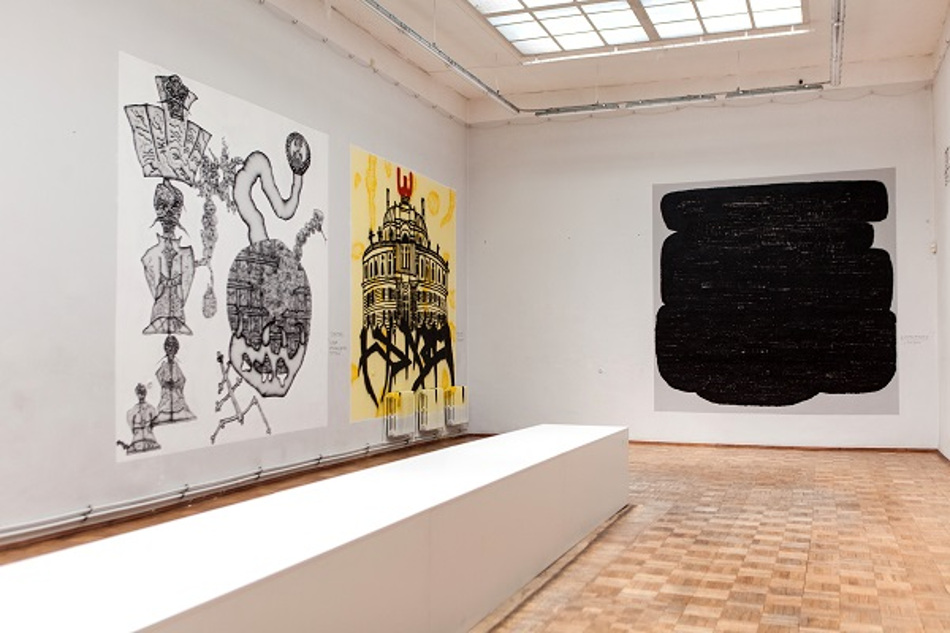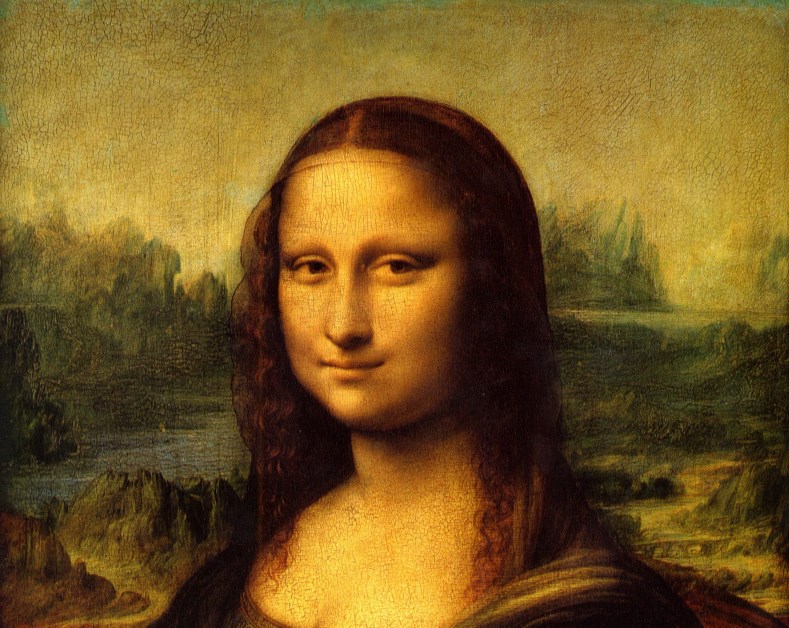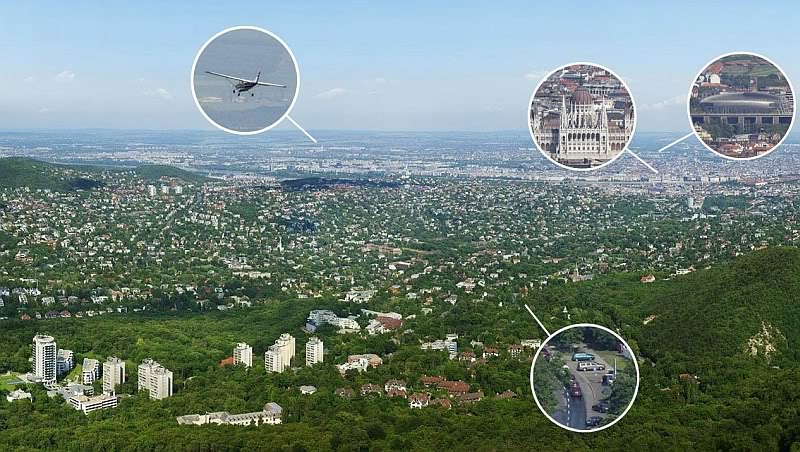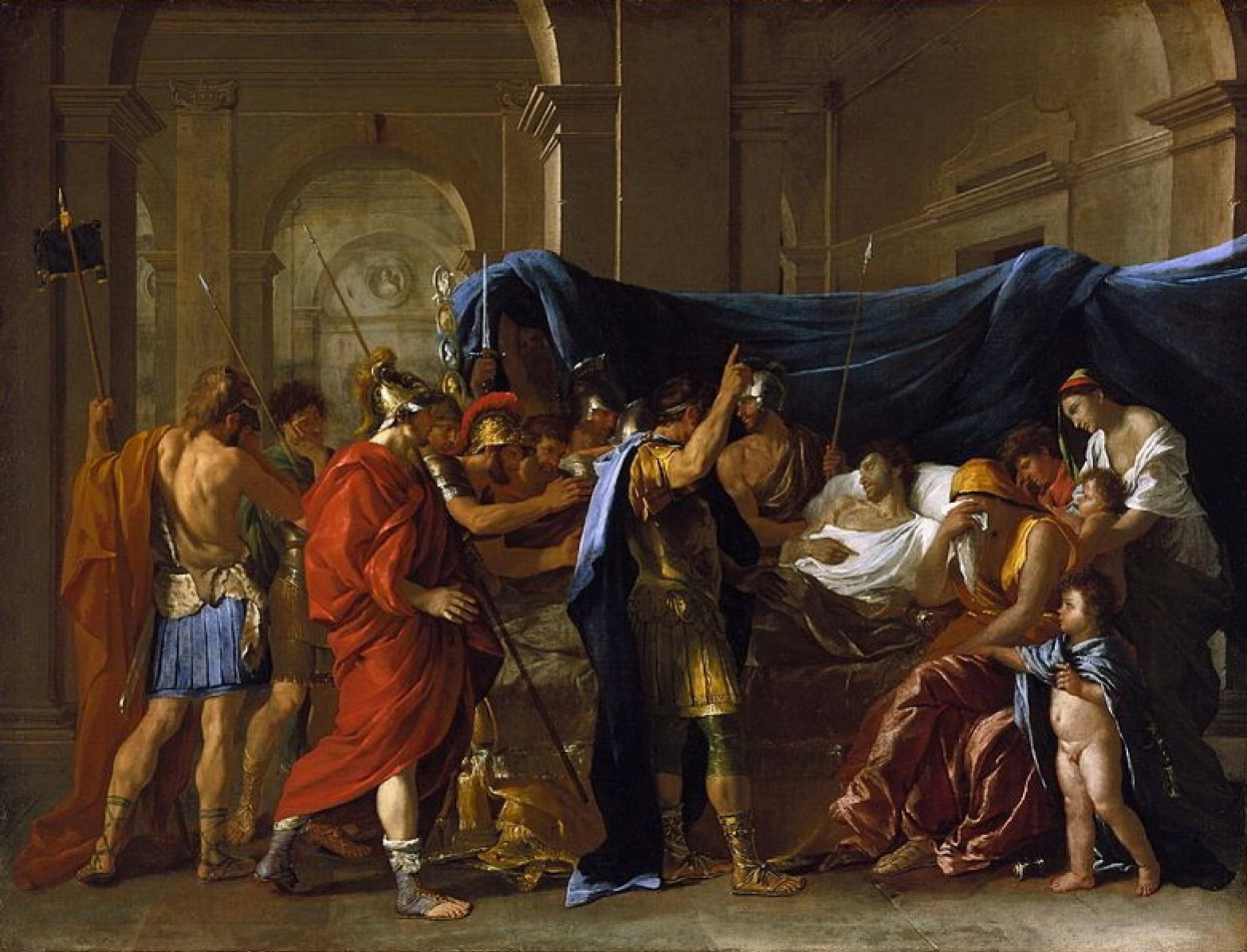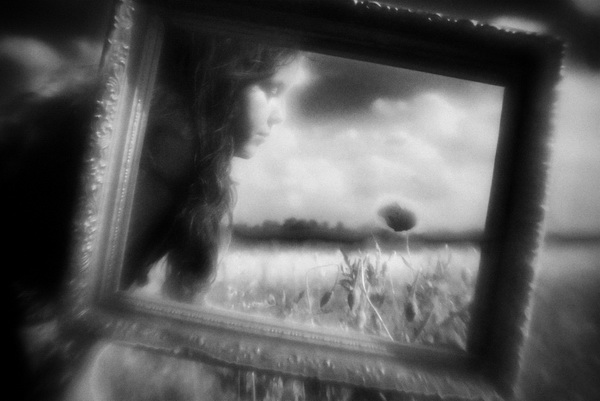great influence
Rococo – gloss of the XVIII century
 Rococo is called the most frivolous and thoughtless of all styles in art. Why then is rococo so significant for Russian visual culture? Why does the definition of the word “Rococo” sound so exotic for our ear – “rococar”? What is the main difference between rococo and baroque, which people of little knowledge often confuse? Finally, why is rococo the direct and immediate ancestor of modern glossy culture? All of this will be discussed below.
Rococo is called the most frivolous and thoughtless of all styles in art. Why then is rococo so significant for Russian visual culture? Why does the definition of the word “Rococo” sound so exotic for our ear – “rococar”? What is the main difference between rococo and baroque, which people of little knowledge often confuse? Finally, why is rococo the direct and immediate ancestor of modern glossy culture? All of this will be discussed below.
Rococo was born in France of the eighteenth century, although the name itself would legitimize only the next century, the nineteenth.
The style got its name from the French word rocaille – shell or sink. Since ancient times, artificial grottoes and bowls of fountains have been decorated with shells, and later, ornaments repeating the twisted, rounded outlines of sinks began to be actively used in the interior design. By the XVIII century, interest in them only grew. Continue reading
AUGUST ZANDER EXHIBITION OPENED IN MULTIMEDIA ART MUSEUM
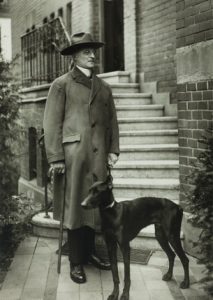 An exhibition of August Zander, an outstanding photographer of the twentieth century, entitled “Portrait. Landscape. Architecture”. The exhibition presents about 150 photographs, including the famous portraits from the project “People of the Twentieth Century”, landscape and architectural photographs taken in Germany. The exhibition was conceived by the grandson of the photographer Gerd Zander and organized in cooperation with the Prischi Paskwer Gallery (Cologne), as well as the Theater of Photography and Images of Charles Negra (Nice). Continue reading
An exhibition of August Zander, an outstanding photographer of the twentieth century, entitled “Portrait. Landscape. Architecture”. The exhibition presents about 150 photographs, including the famous portraits from the project “People of the Twentieth Century”, landscape and architectural photographs taken in Germany. The exhibition was conceived by the grandson of the photographer Gerd Zander and organized in cooperation with the Prischi Paskwer Gallery (Cologne), as well as the Theater of Photography and Images of Charles Negra (Nice). Continue reading
